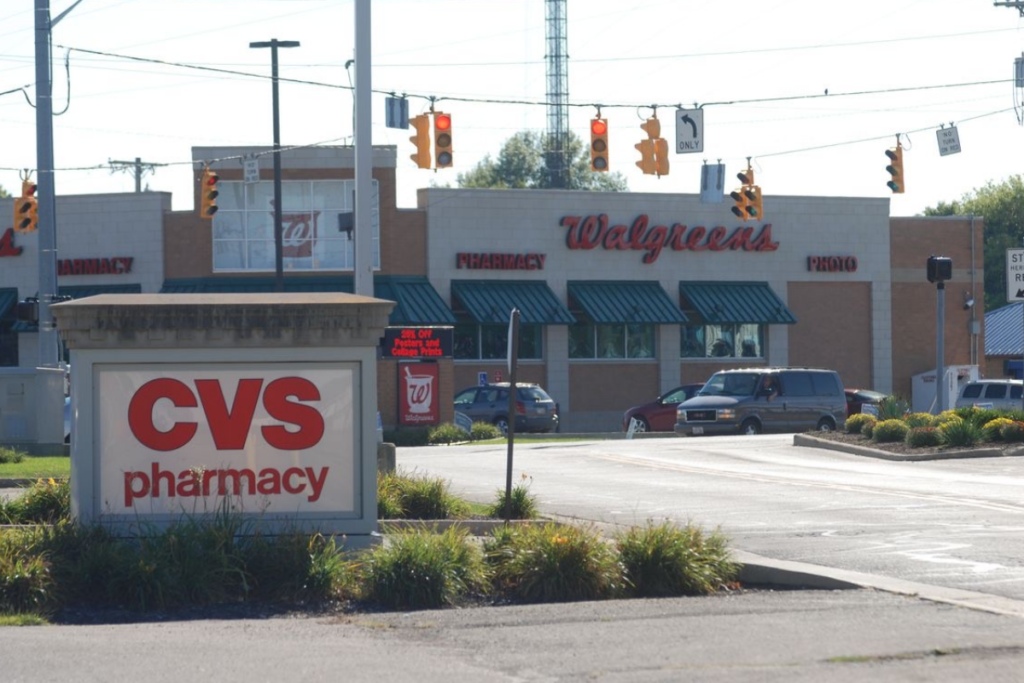Shriya Raghavan, a research associate in Philadelphia, finds Walgreens and CVS stores convenient for buying everyday items like gum and soap. However, she often faces long waits for employees to unlock cabinets or to get prescriptions because the pharmacists are busy with multiple tasks.
These issues are part of a larger trend of customers becoming unhappy with Walgreens and CVS. This dissatisfaction affects their profits and stock prices, leading them to rethink their strategies. The problems point to deeper challenges retail pharmacy chains face, which have shifted from opening many new stores to closing hundreds across the U.S. to increase profits.
What Are the Threats to Retail Pharmacies?
Retail pharmacies are struggling because the money they get from filling prescriptions has decreased. They also face rising costs, less consumer spending, theft, and competition from Amazon and grocery stores. Another issue is that pharmacy staff feel burned out because they are overworked and understaffed.
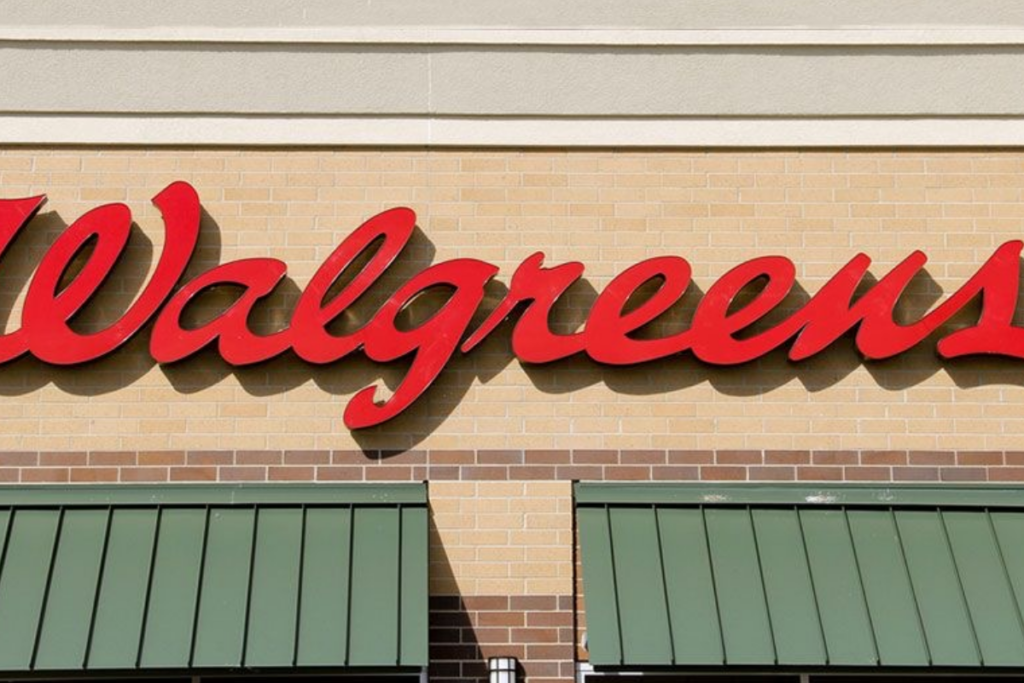
While CVS and Walgreens saw a temporary boost from COVID-19 vaccinations and tests, they are now facing the same problems they had before the pandemic. According to an analyst, the retail pharmacy business model may be broken and hasn’t fundamentally changed.
Walgreens and CVS
Retail pharmacy profits are shrinking, making things challenging for Walgreens and CVS. Walgreens is struggling with its new primary care services, while CVS faces high medical costs in its insurance business. These issues lead it to lower its profit expectations for the third quarter and announce $2 billion in cost cuts. Another pharmacy chain, Rite Aid, went bankrupt last year and closed many stores.
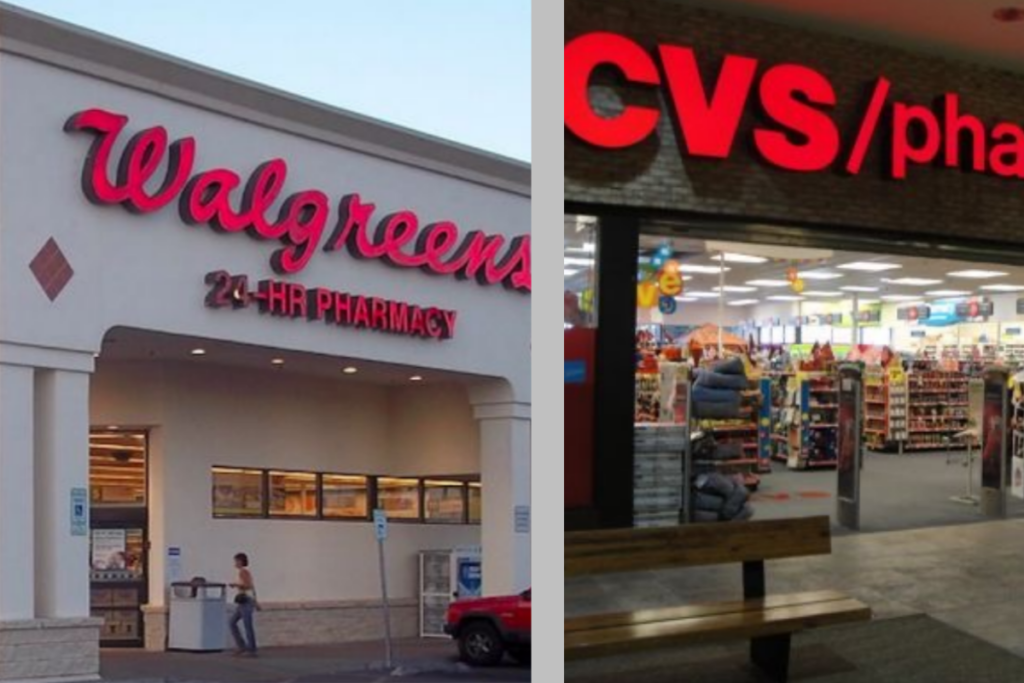
Investors aren’t pleased because Walgreens’ stock has dropped nearly 60% this year and 80% over the last decade, while CVS’ stock is down by almost 30% for both this year and the previous ten years. Rite Aid’s stock was removed from the New York Stock Exchange.
Despite these struggles, retail pharmacies are still crucial to U.S. healthcare. However, they may need to change how they operate to stay profitable. According to Neil Saunders, a retail expert, the industry is reevaluating its business model to meet consumer needs better and maintain profitability.
ALSO READ: JCPenney Shuts Down: Implications for the Future of Retail
Why Is Retail Pharmacy So Stressful?
Retail pharmacy is stressful because pharmacies are paid less for their prescription drugs. These pharmacies buy their medications from distributors and then get reimbursed by pharmacy benefit managers (PBMs). PBMs are powerful companies that negotiate drug prices with manufacturers on behalf of insurance companies. They also decide which drugs are covered by health plans.
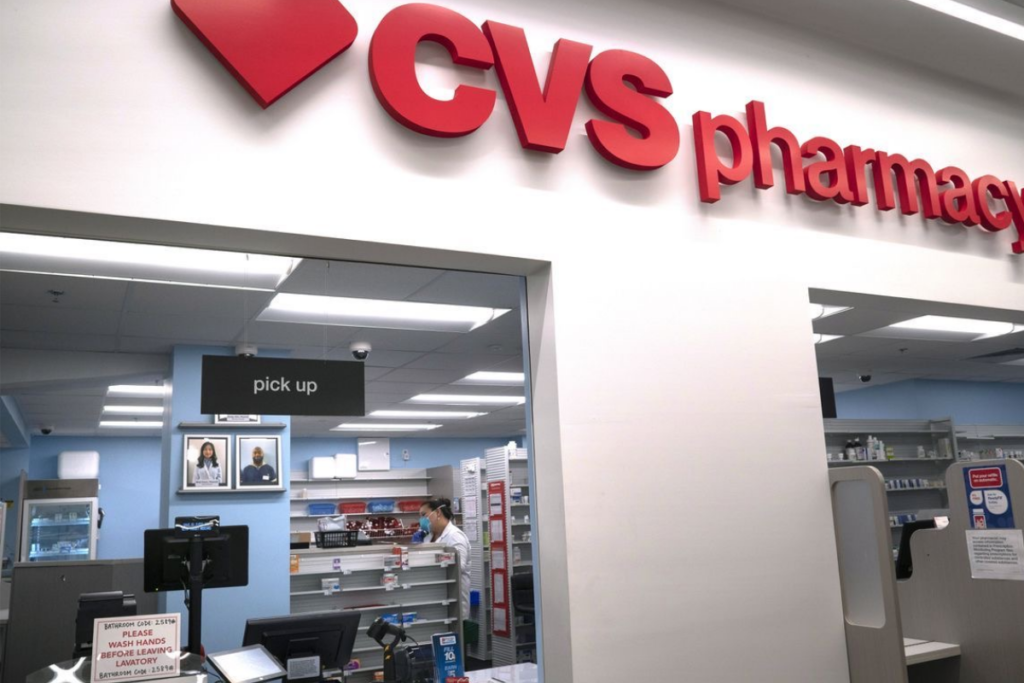
The three biggest PBMs, Caremark (owned by CVS Health), Optum Rx (part of UnitedHealth Group), and Express Scripts (owned by Cigna), manage nearly 80% of all prescriptions in the U.S. Many pharmacies say that these PBMs are setting reimbursement rates so low that sometimes they get paid less than what it costs them to buy and provide the drugs.
They also claim that PBMs force them to accept these low rates by offering “take it or leave it” contracts, leaving the pharmacies with no choice if they want to continue serving patients covered by PBMs. As a result, pharmacies are losing money, and their profit margins have shrunk for years, creating a significant financial challenge for them.
Are Walgreens and CVS Rivals?
Yes, Walgreens and CVS are rivals. Both companies are major pharmacy chains in the U.S. They compete in retail pharmacy systems, over-the-counter products, and health and wellness offerings. However, both companies have almost the same problem.
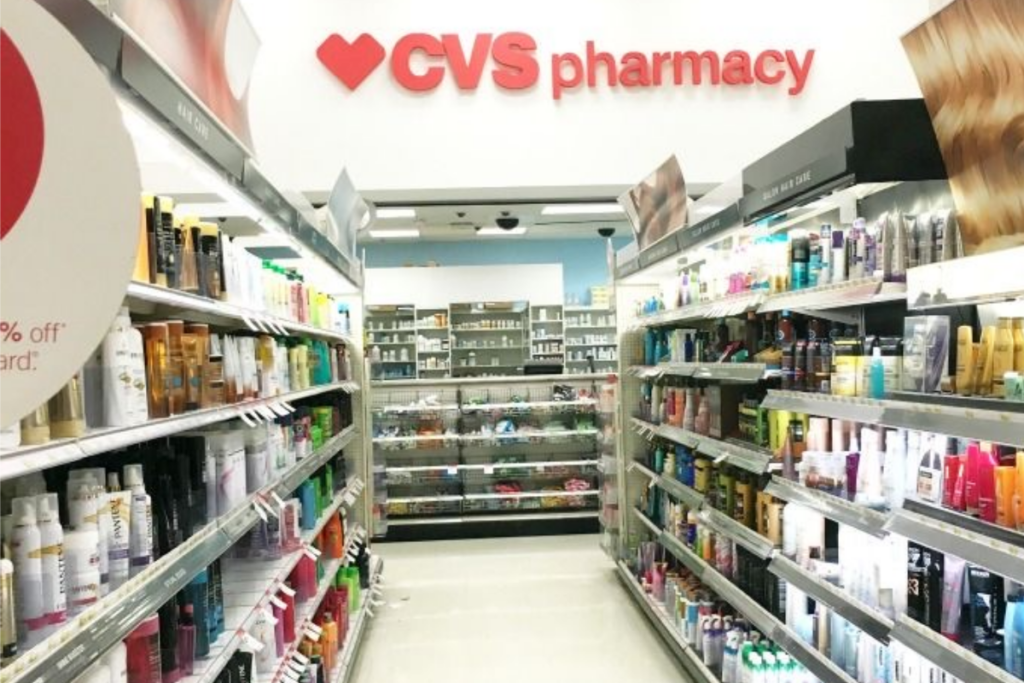
Walgreens and CVS are struggling with increased competition from e-commerce giants like Amazon, discount stores, and big-box retailers like Walmart and Target. Their online presence is not as strong, and they lag behind these competitors. Inflation also makes shoppers more careful with their money, leading them to prefer cheaper options like Walmart, dollar stores, and Costco.
A Texas shopper, Brittany Lynn, mentioned that she finds Walgreens and CVS prices too high, so she usually shops at Walmart, Target, or Dollar Tree for better deals. Lynn told CNBC that Walmart and Target are her top choices for finding the cheapest items, although she also shops at Dollar Tree, but not for essentials.
A Solution to the Problem
Walgreens and CVS have reported lower retail sales because people spend more carefully. CVS mentioned that their sales in the front of the store dropped by about 4% in the second quarter compared to last year due to weaker consumer demand.
Walgreens also reported a 2.3% decline in sales during the fiscal third quarter, facing tough challenges in a complex consumer environment. Walgreens and CVS focus more on their store brands to attract customers who are abandoning national brands to save money.
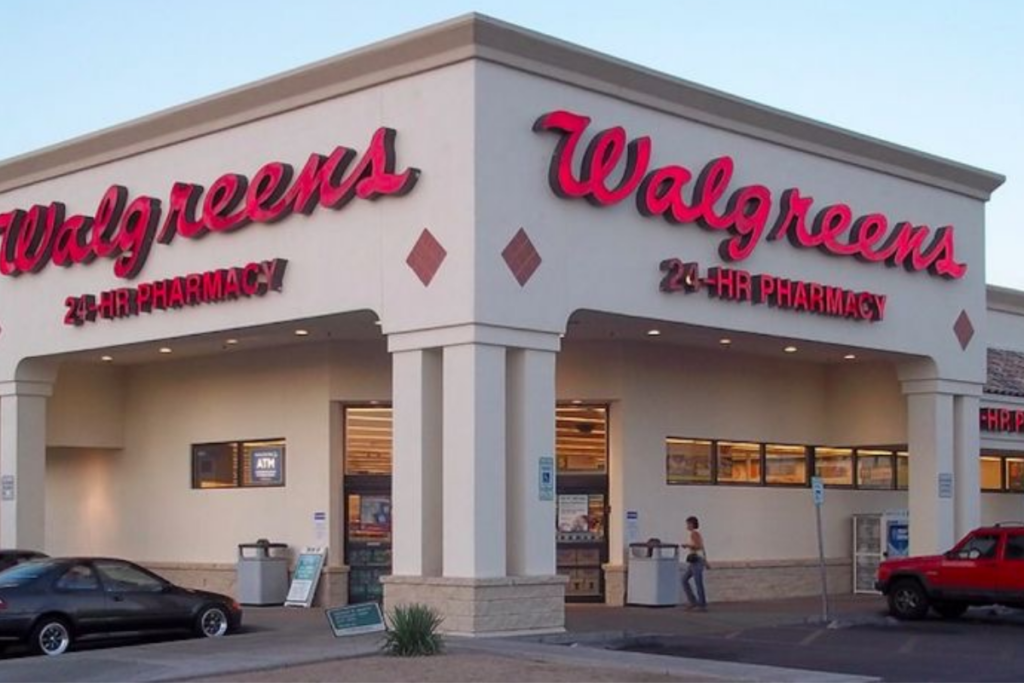
Walgreens stated they are seeing success with their products and have expanded their brand products, which is what customers want: more value for their money.
ALSO READ: Amazon Lures Back Erstwhile Customers With 30% Discount on Groceries
Walgreens Vs. CVS
Walgreens is under more pressure in its retail pharmacy business than CVS. CVS has other businesses, like a pharmacy benefits manager (PBM) and a large health insurance company, Aetna, which help balance its challenges and retail pharmacies.
Last year, CVS’s retail pharmacy earned over $116 billion, while its health services earned almost $187 billion. In contrast, Walgreens mainly relies on its U.S. retail pharmacies, which earned over $109 billion. Their international segment and healthcare unit earned much less.

Walgreens is trying to expand its business but is behind CVS in the healthcare sector. Many large companies, including Walgreens, have been investing heavily in offering medical care directly to patients.
However, it is expensive, and the clinics often lose money for years before making a profit. Walgreens might even consider leaving this market. It mentioned that it might sell its primary care provider, VillageMD. Walgreens invested heavily in VillageMD but has started closing some clinic locations, leading to significant financial losses.
Fixing the Problem
Retail pharmacies are not going away anytime soon, especially as the population ages and more people need medication for better health. However, they might change how they operate. For example, they could expand their online services, stop selling non-essential items like greeting cards, and reduce the size of their physical stores.
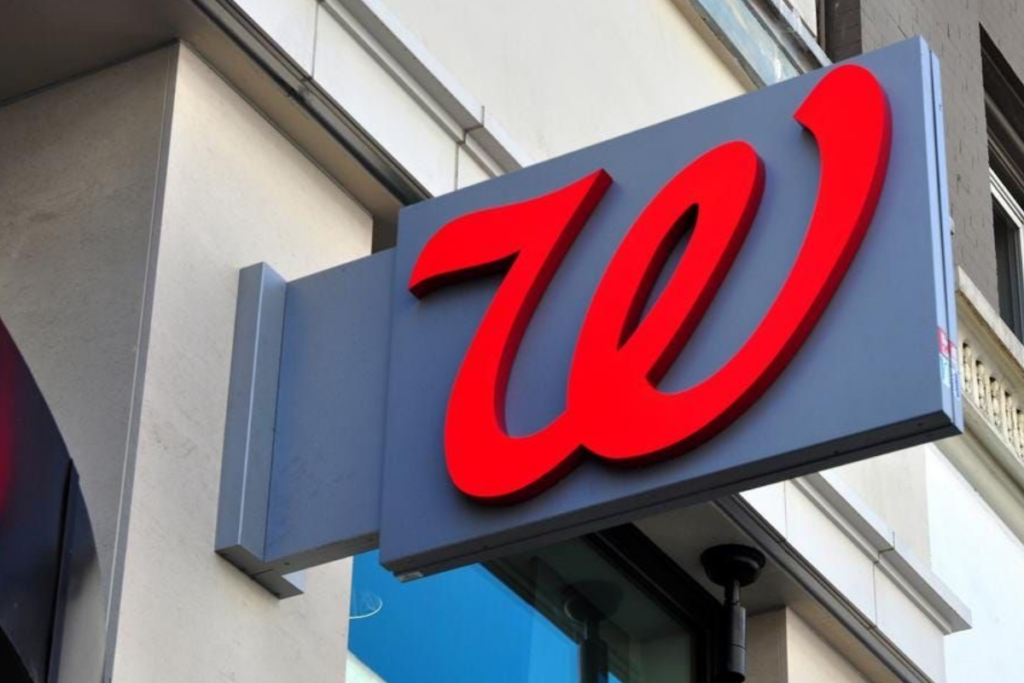
Walgreens has already started experimenting with smaller stores, focusing more on essential items and quick service. CVS is adapting by opening healthcare centers next to some pharmacies and offering more personalized services. Both companies are testing new models to see what works best for the future of retail pharmacies.
Are Walgreens and CVS Closing Down?
Walgreens and CVS are cutting costs by closing some of their stores. Walgreens plans to shut down many of its 8,600 U.S. locations, as only 75% are profitable. CVS, which started closing 900 stores in 2021, is on track to finish by the end of this year, with 851 stores already closed.
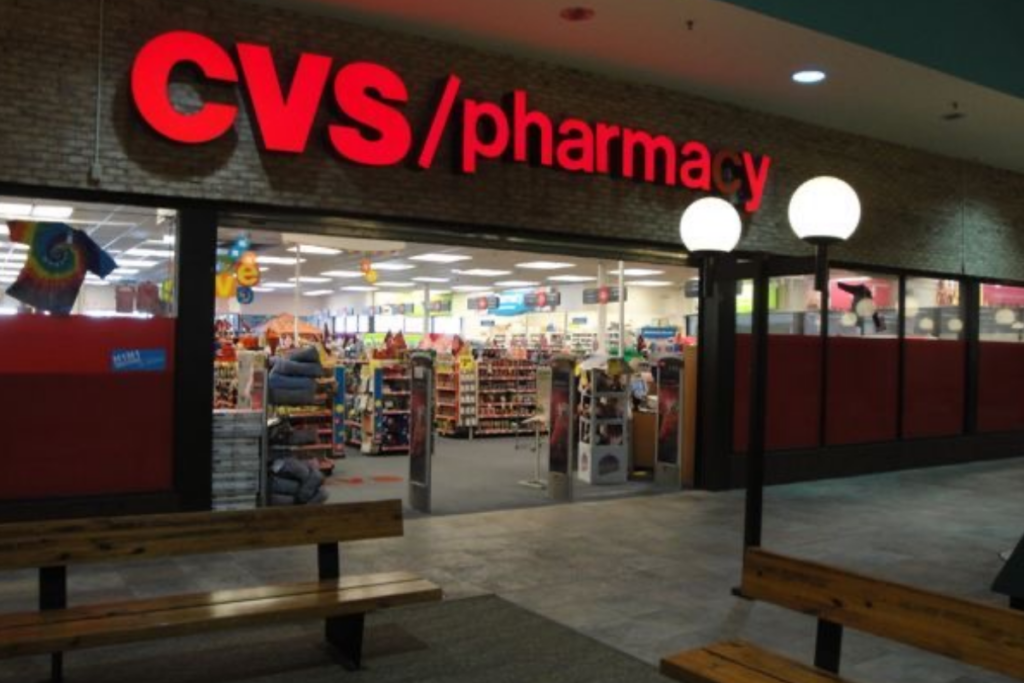
Walgreens says these closures will help the company improve its business. CVS claims that 85% of people will still be within 10 miles of a store. Retail expert Amar Singh believes closing underperforming stores might help these companies improve their profitability and customer base. However, these closures could make it harder for people in underserved areas to access pharmacies.
You Might Also Like:
Harris Introduces “Opportunity Economy” Focused on Reducing Food, Housing, and Family Costs
Jamie Dimon Advocates for ‘Buffett Rule’ to Tax Millionaires and Address National Debt
Warren Buffett Reveals His Will’s Key Lessons—Valuable for Any Wealth Level
Murdoch Family Feud Sheds Light on Nevada’s Growing Secret Trust Industry

